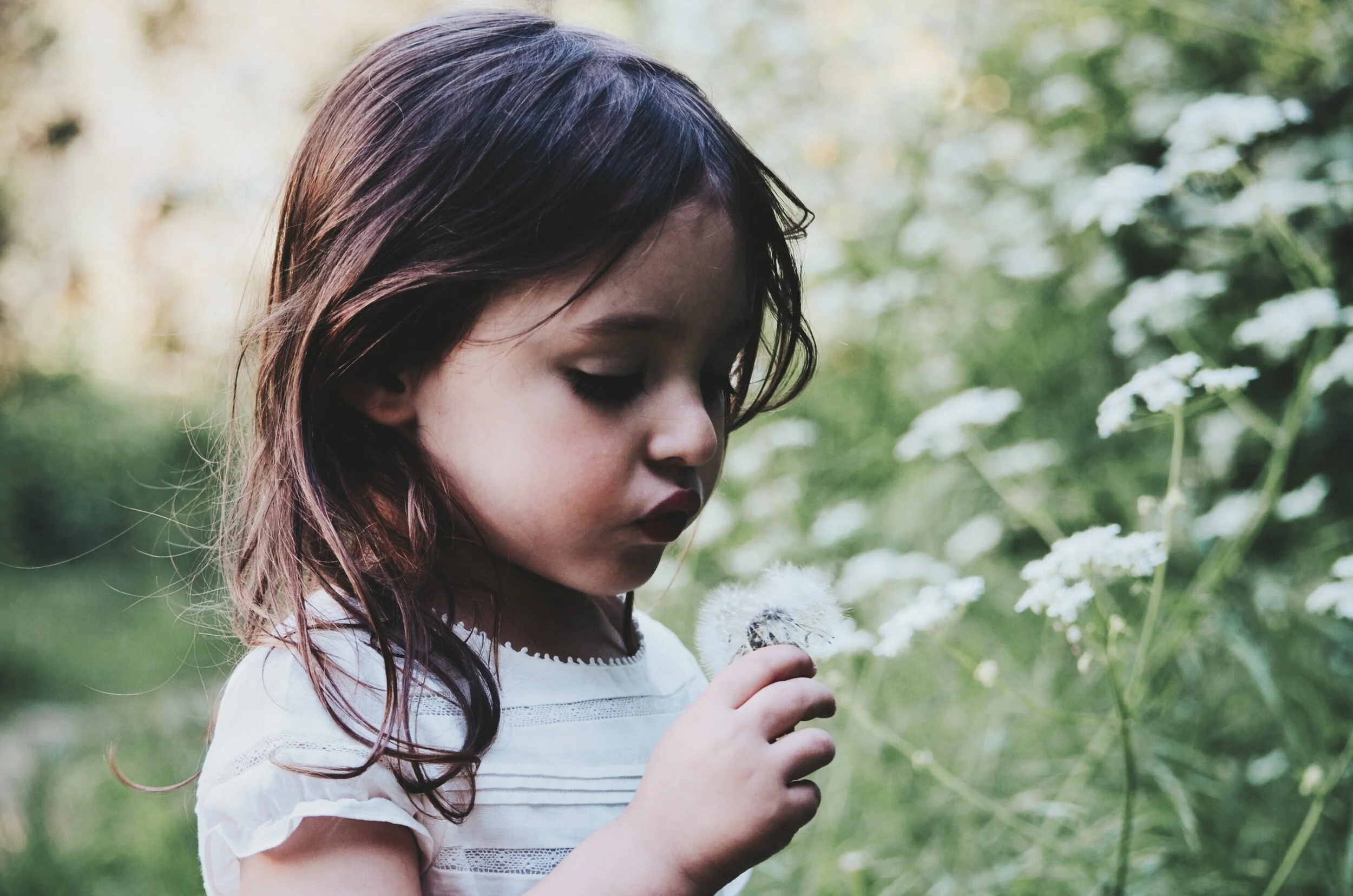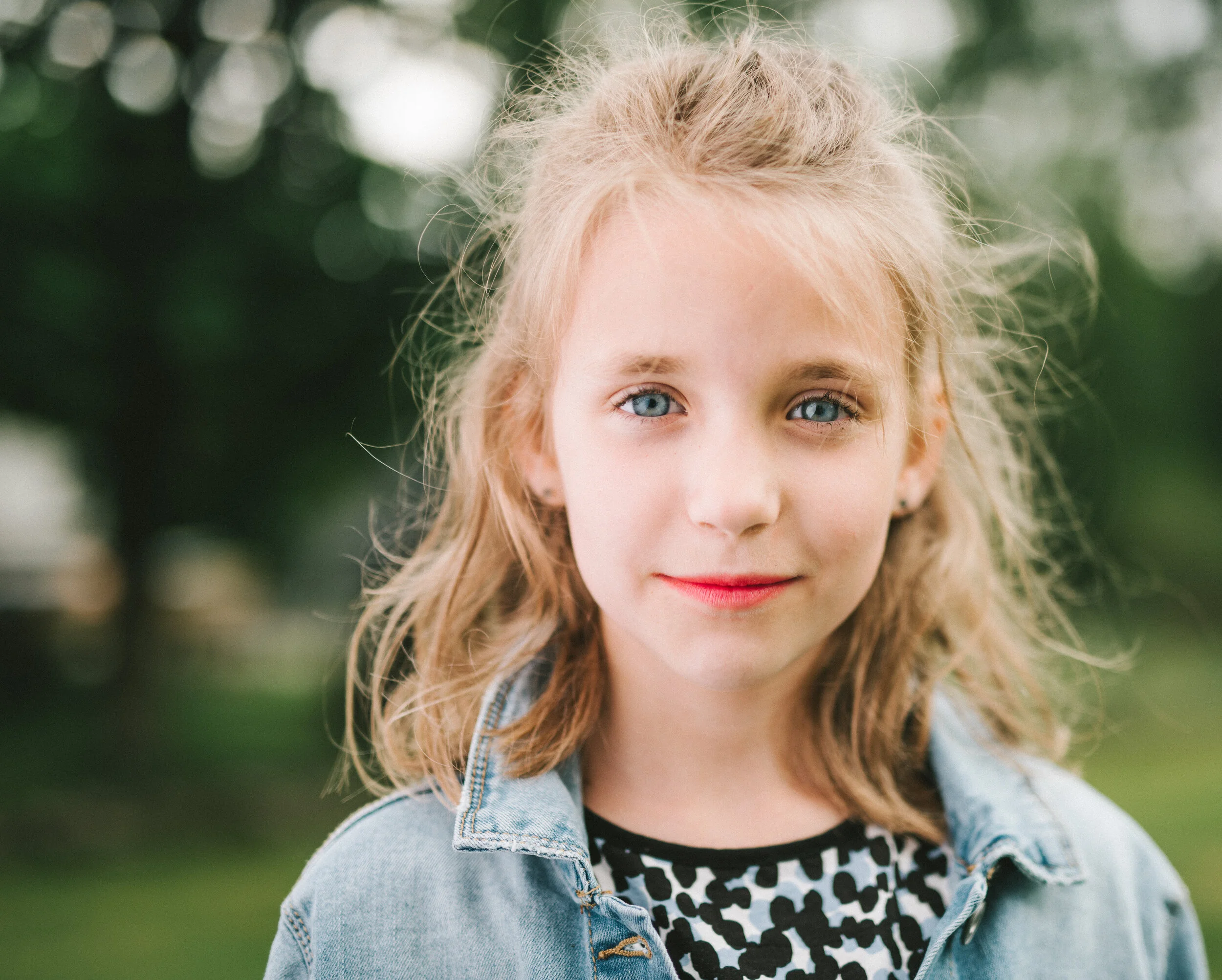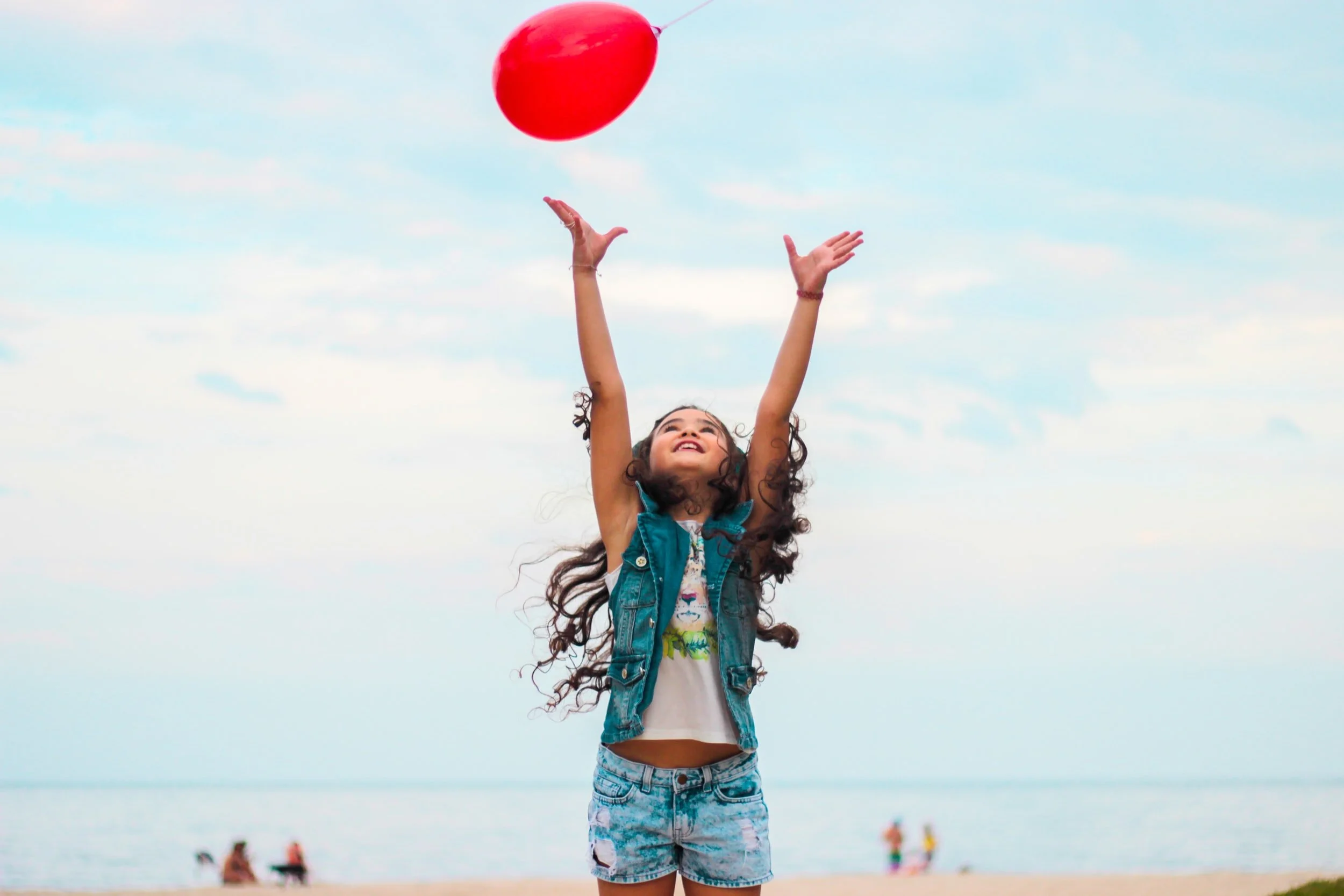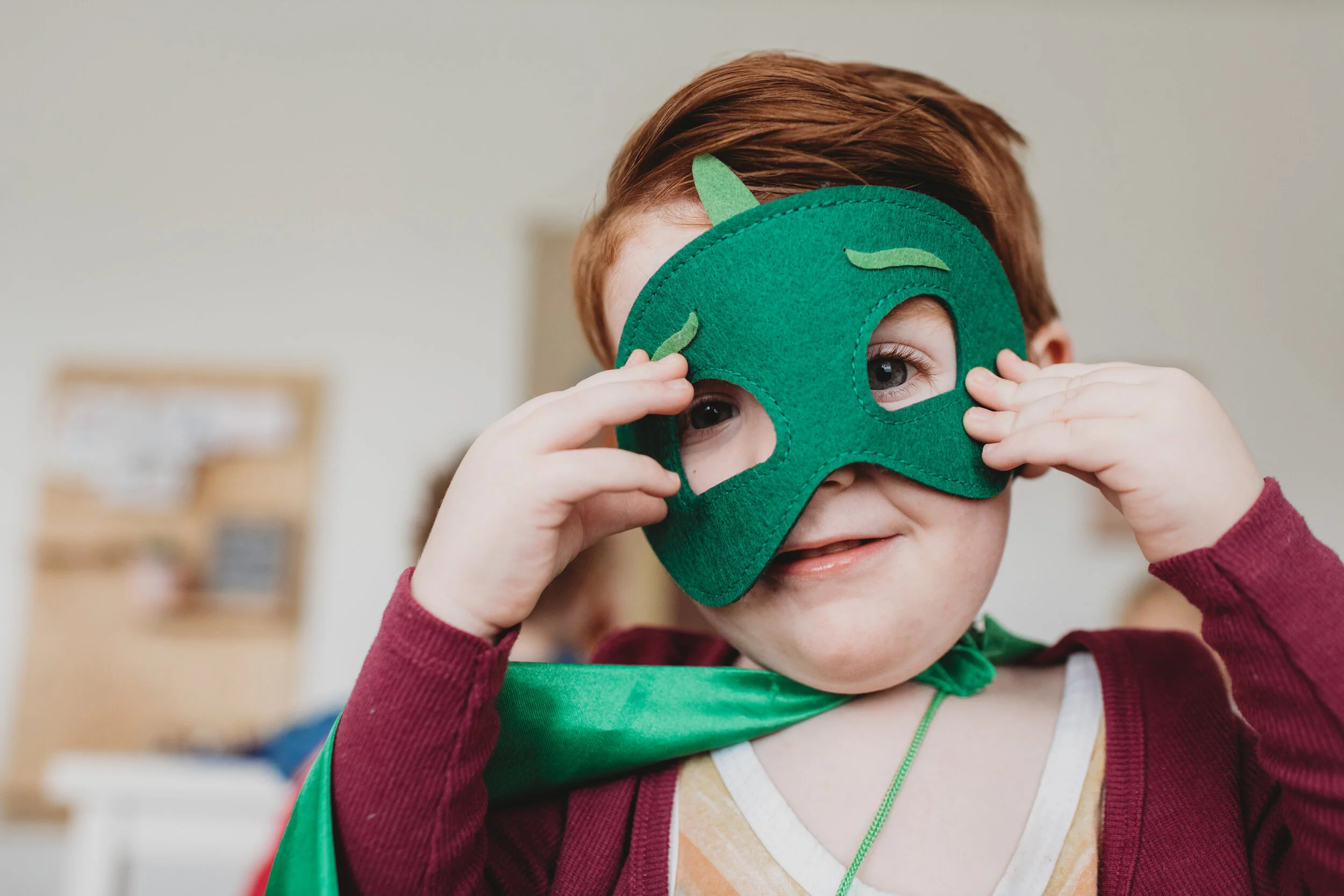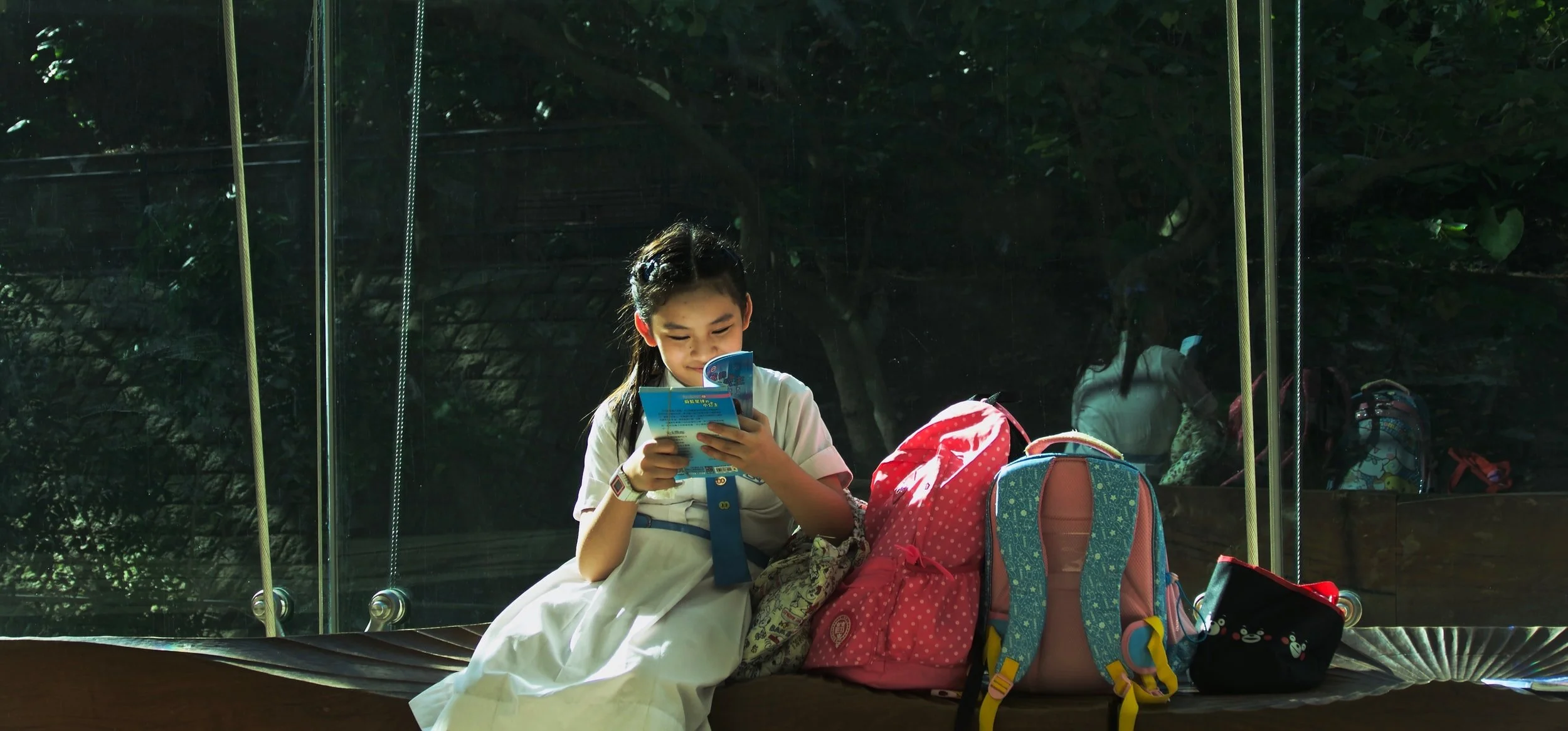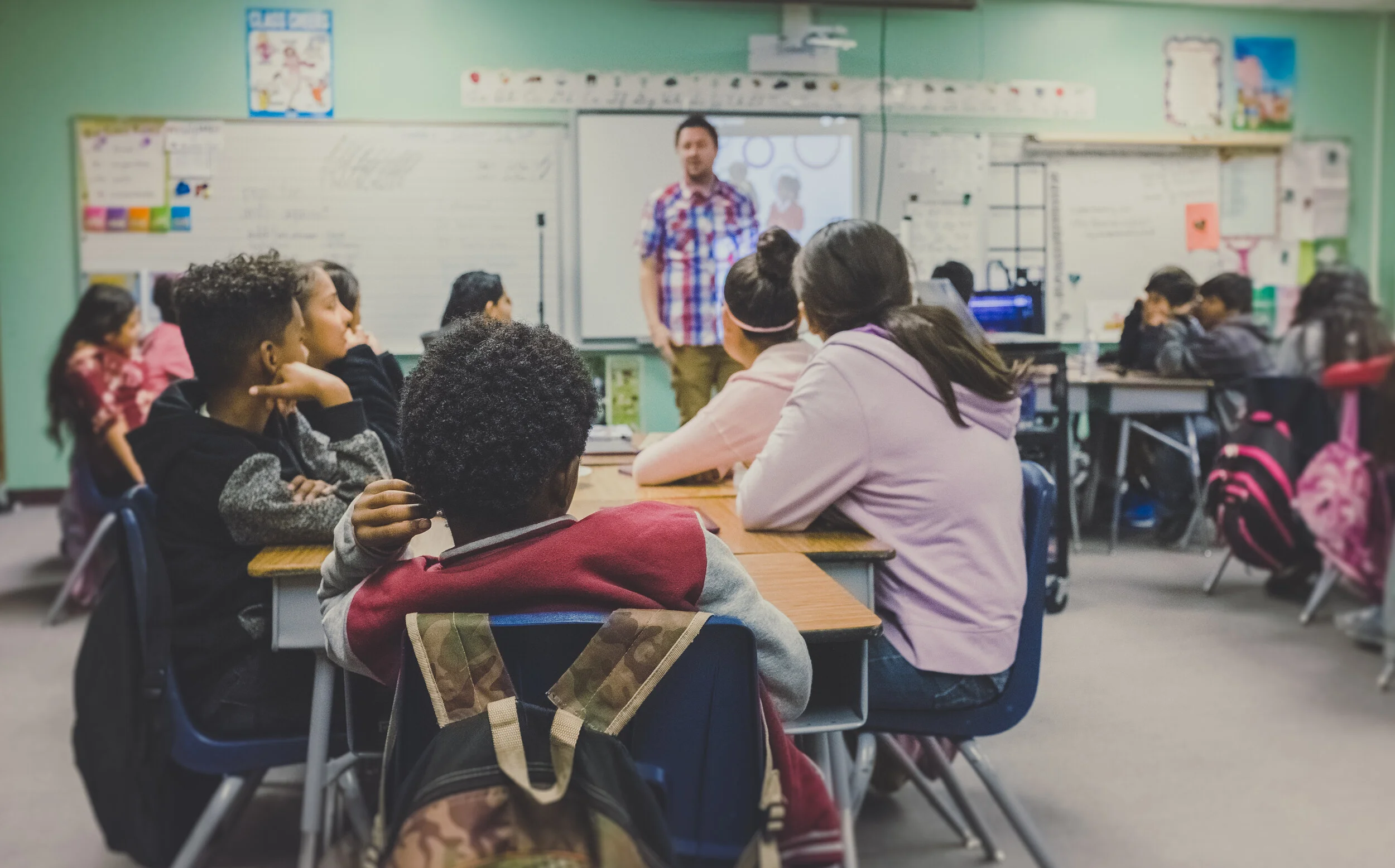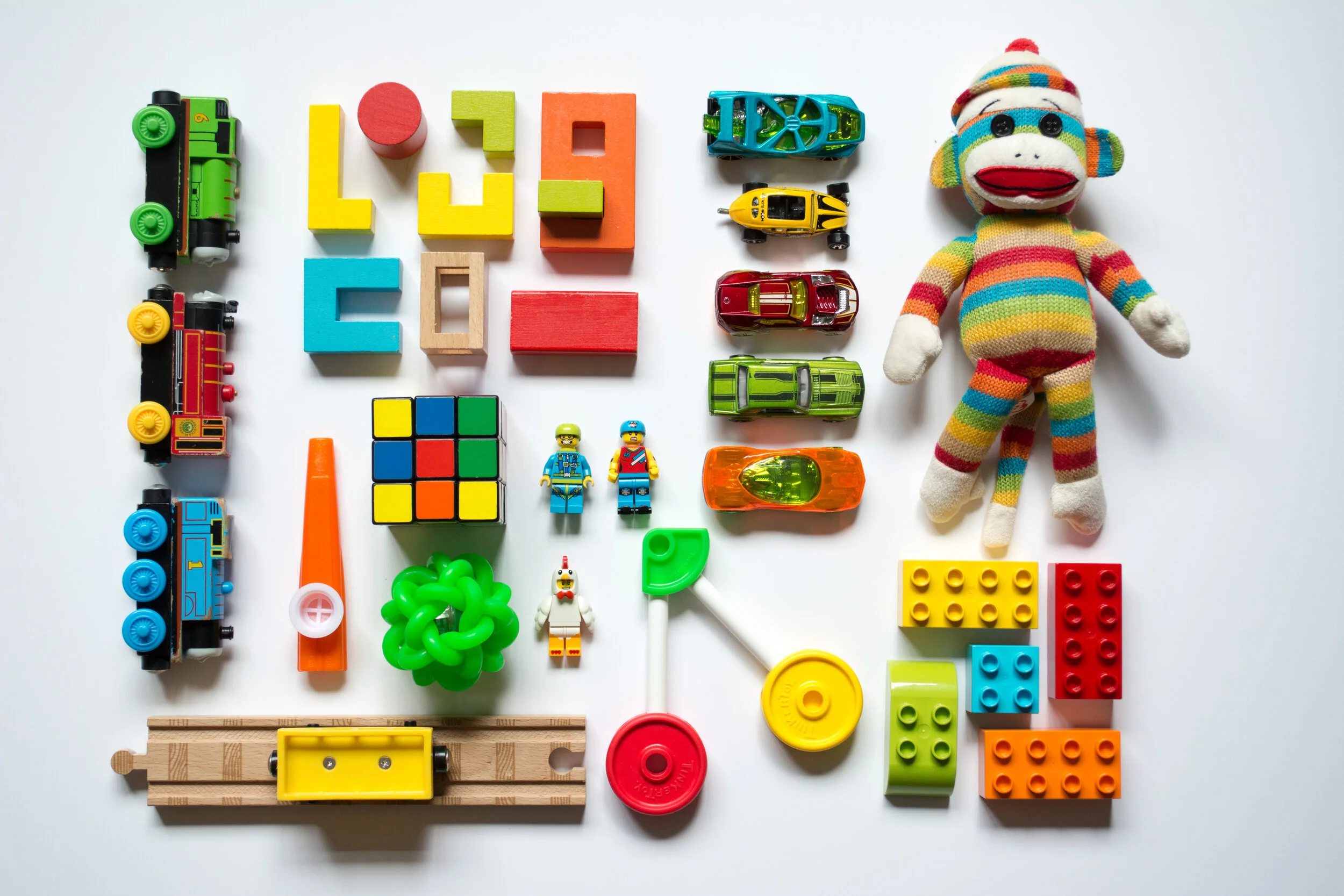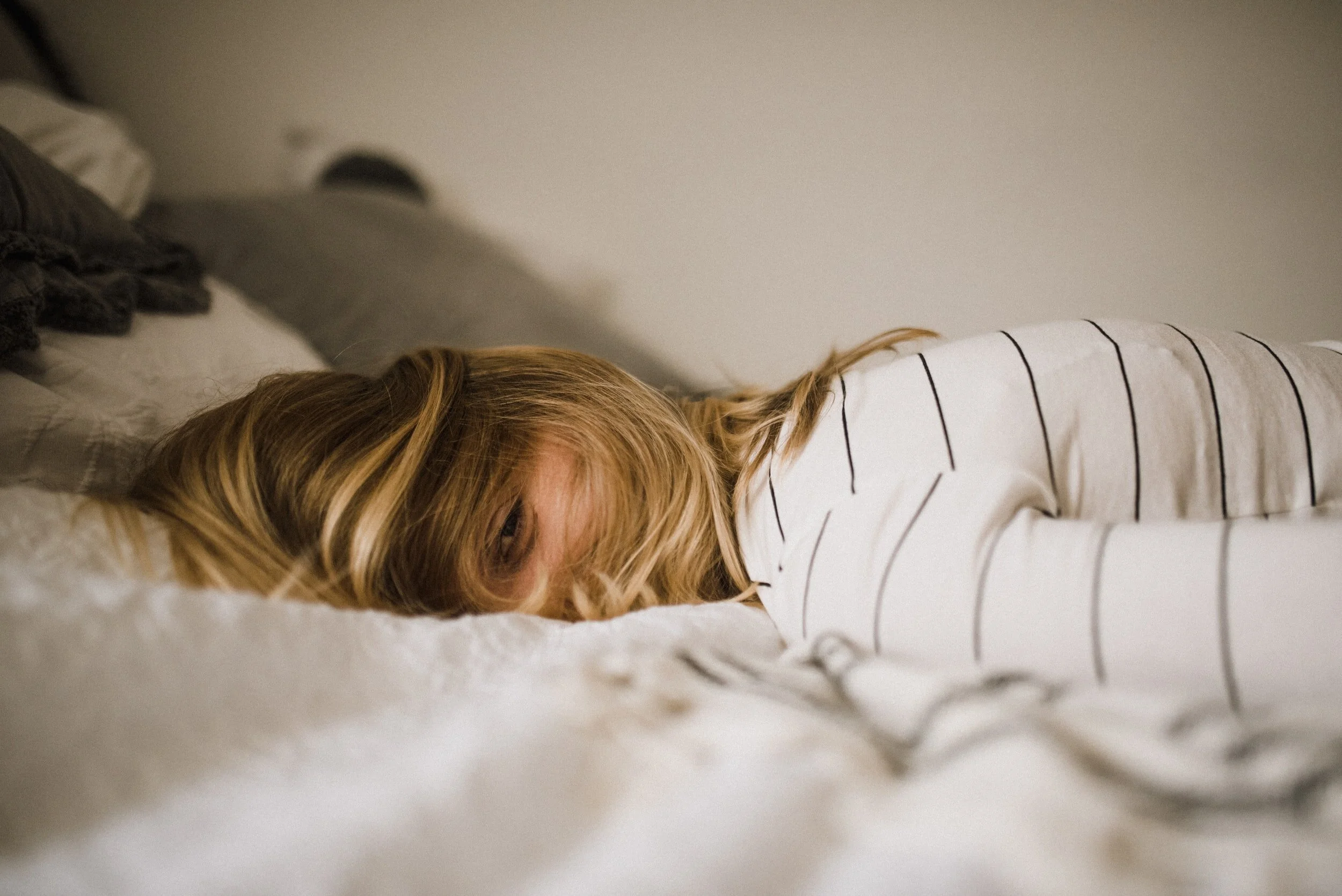Whether your child has lost a loved one recently or long ago, Christmas can rekindle feelings of grief for children. Happy memories of past Christmases with a parent or family member who has died makes their absence during the holidays even more apparent. Christmas is often described as the “most wonderful time of the year” for children, and the movies, songs, and advertisements targeted at kids can trigger complicated feelings as the holiday approaches. Here are some ways to support a child in your life who is grieving over Christmas.
Involve Your Child in Holiday Planning
The Dougy Center is one of my favorite resources for bereaved children and their families. Their tip sheet for getting through the holidays is an excellent guide for how to discuss an upcoming holiday with bereaved kids. Asking your child how they feel about continuing with holiday traditions helps you to gauge what could be comforting to them, and what might be too painful to handle this year.
Many children benefit from predictable routines, especially after trauma or loss. Participating in Christmas traditions as they have always been done might be just the thing to help some kids. These holiday rituals can help restore a sense of normalcy for children, and give them an opportunity to feel close to family after the loss. On the other hand, some holiday traditions may feel so closely connected to the lost loved one that they are too overwhelming to practice. Asking your child about his or her preferences gives them some control in a tumultuous time. It’s okay to keep some things the same, modify others, and leave some traditions for another year.
However Your Child Feels About Christmas is Okay
Children grieve deeply, but the way they show their grief can be different than adults. Adults can remain in mourning for a long time. Even as they get back to their daily lives, they are aware of their grief. Children, by contrast, often grieve in bursts. This may be because they don’t have the same capacity to handle deeply painful emotions as adults do.
It’s common to see an intense outpourings of emotion from bereaved children, interspersed with periods that are relatively calm. It doesn’t mean the child has forgotten about their grief: they just need to take a break. The child will “pick up” their grief again when they are ready to keep processing it.
Because kids sometimes grieve in bursts, any reaction to Christmas is normal, okay, and healthy. Children need permission to feel mad, sad, guilty, or frightened about celebrating holidays without their loved one. They should also be allowed to feel excited, to enjoy holiday traditions with family, or to anticipate receiving gifts from Santa. Letting a child feel whatever feelings come up for her supports her in working through her grief. You can help support your grieving child by letting her know that her feelings about Christmas are normal, even if they change day to day.
Tell Stories About Your Loved One
Because Christmas is loaded with family memories for most people, it can be a good opportunity to tell stories about a family member who has died. Many children have a strong desire to share stories about a loved one following a death in the family. Sharing these stories can help a child feel connected to their deceased family member, and help them to heal.
If your grieving child is interested in telling stories about her lost loved one, you can support her by talking about favorite holiday traditions. What was the family member’s favorite food? What was a memorable gift the family member gave or received? It can also be helpful to remember less happy memories involving a deceased family member. This shows children that negative feelings are okay to share, too.
Read Children’s Books About Grief
The holidays may be a good time to share a book about death, loss, and bereavement with your child. Children’s books can approach grief in a more general way, which can be less threatening for kids. Books can also normalize the feelings that children have after a death, reassuring them that their reactions are normal and they aren’t alone.
The Invisible String is a classic book for children that doesn’t directly address the topic of death, but talks about how love between a parent and child never goes away. It can be a helpful book for children who are grieving the loss of a family member, as well as children who are anxious or sad about separation from a loved one for any reason.
When Dinosaurs Die is a more educational book that speaks directly about death, and addresses questions children may ask after a loved one dies. Instead of reading this book cover-to-cover, it might be more helpful to pick sections to read based on an individual child’s experience and the nature of their loved one’s death. The illustrated dinosaurs in this book help keep the book feeling safely removed from everyday life, which helps the book feel more reassuring for kids.
Take Care of Yourself During the Holidays
Therapists often use an airplane analogy when talking to parents about self-care. When you’re in an airplane, the flight attendants tell you that, in case of emergency, you need to put on your own oxygen mask before helping a child. The same can be true during grief.
Children rely on their caregivers heavily after a death. They may become more clingy, and need more individual attention, as they heal from their loss. Kids also look to their parents to learn how they should be feeling, and to get reassurance that they will still be safe. Caregivers need to take care of themselves, physically and emotionally, so they can have the strength to take care of their grieving kids.
It’s okay to say no to holiday events, if you don’t feel up to the task. Practicing self-care, especially around Christmas, is really important for a mourning parent. It is okay to let your child see how you’re feeling, even if you’re feeling sad or angry. Parents can show children that it is okay to cry, and also model the ways that both adults and children can care for themselves during grief. It’s also always okay to step away from holiday celebrations and take a break, if things become too overwhelming.
Help Your Child Cope With Grief During Christmas and All Year Long
If your family is grieving this season, you’re not alone. We can’t take a child’s grief away, but parents and caregivers can give children the tools they need to cope with their loss in a healthy way. My activity book for bereaved kids and caregivers is available on Amazon, Barnes & Noble, as well as through small booksellers near you. Inside, you’ll learn how children grieve differently than adults, and get over 100 ideas for hands-on activities you and your child can try together to manage the difficult feelings of grief.
Children may have symptoms of trauma after a death, especially if the loss was sudden or violent. You can learn more about symptoms and help for trauma here. If you’re in the Lake Norman area in North Carolina, my door is always open if you’d like to reach out.





